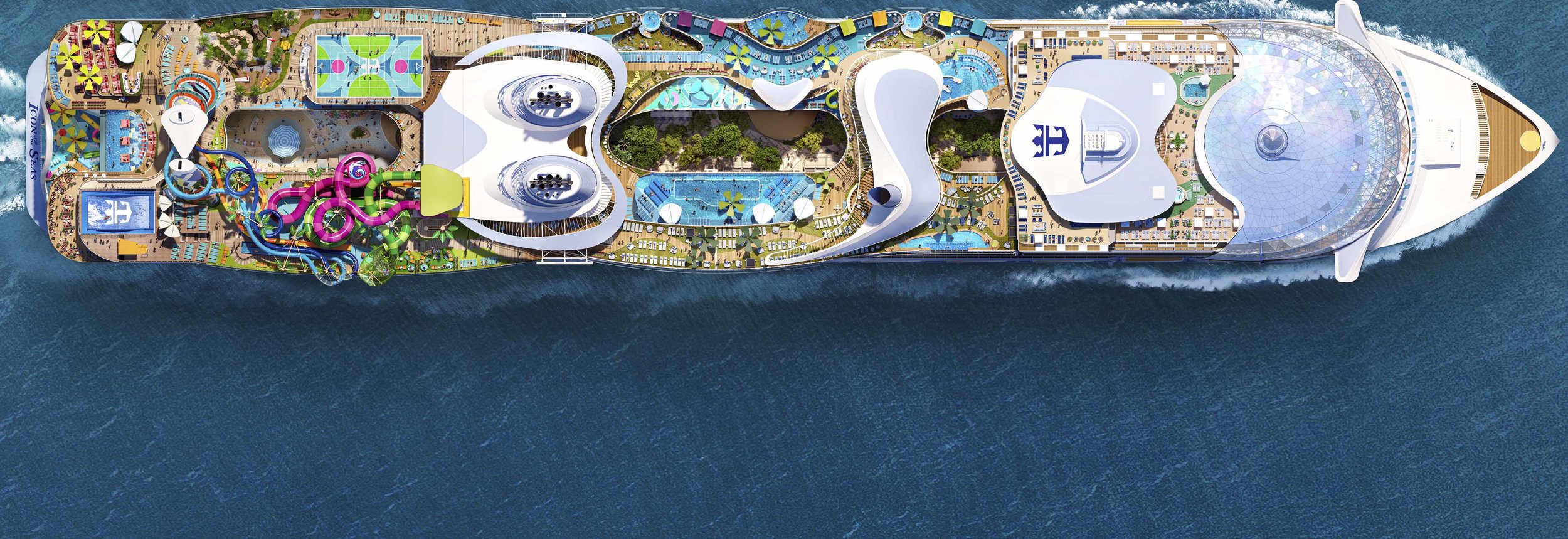First published in Travel+Leisure (US).
There’s something about the quality of light on the west coast of South Africa. It’s harsh and pure; a brightness that’ll make you narrow your eyes as you gaze down the miles of lonely beach. It’s this raw beauty that attracts travelers, mostly locals, to the windswept stretch of shoreline two hours’ drive north of Cape Town. With its whitewashed houses and blue seas comparisons to the Greek islands come easily, and the village of Paternoster has long been a popular spot for weekend escapes and second-homes. But a gastronomic destination with global cachet? Hell no.
At least, not until chef Kobus van der Merwe swapped his media job in Cape Town for helping his parents run their quaint country store in the village. His first small restaurant, Oep ve Koep, opened in 2010 in one corner of Die Winkel op Paternoster. It was here that he first intrigued diners with his notion of Strandveld cuisine—‘beach vegetation’ in the local Afrikaans—celebrating both the culinary heritage and wild ingredients of this stark landscape.
Van der Merwe has since evolved and refined that approach at Wolfgat, the acclaimed restaurant he opened in 2016 in an historic cottage overlooking a wide sweep of beach stretching away to the north. This striking seaside locale is certainly fitting. The ocean and shoreline informs much of Wolfgat’s seasonal seven-course menu, and Van der Merwe browses the shoreline as other chefs would supermarket shelves.
While there is an obvious parallel between the New Nordic movement and Van der Merwe’s home-grown Strandveld cuisine, at Wolfgat he has deftly localised this global inspiration, incorporating tastes and techniques entirely unique to this corner of South Africa.
On any given day a handful of diners—Wolfgat seats just 24—are happily, hungrily confronted with an array of uncommon textures, flavors, and ingredients. The fleshy, crunchy leaves of soutslaai—salt salad— may be served with pickled watermelon rind and pumpkin seeds. There’s fragrant wild garlic for the angelfish, and perhaps rough-textured dune spinach paired with briny oysters and quince. Smoked snoek—a full-flavored game fish that’s a staple of local kitchens— is wrapped in thin sheets of kelp fronds. I’ll admit, on my first visit I was taken aback by the dish of wild limpets. On this coast they’re more commonly used as bait for fishing. But at Wolfgat, finely chopped, simmered in garlic and white wine, and served in their shell atop a bed of the local snoeksout? A delicacy to be discovered.
But if the ingredients are often adventurous, the plating revels in accessible simplicity. “These are often textures, shapes and flavours that people haven’t encountered before, so I like to keep things raw and unprocessed, particularly the wild foods,” explains Van der Merwe. “We are constantly editing our dishes, taking things away rather than adding complexity. I love the clarity that comes with three or four bold elements on the plate; elements that work together yet speak for themselves.”
Alongside foraging from the wild, Van der Merwe also champions traditional techniques and produce, drawing creative inspiration from the work of poet and author C. Louis Leipoldt, and food historian Renata Coetzee. Van der Merwe has a particular affinity for the local heerenbone, akin to lima beans. In one season they may be a rich purée beneath a single, perfect, poached oyster. In another the beans are a creamy counterpart to the crunch of waterblommetjies; an aquatic flower that thrives in local wetlands in the spring. Perhaps more challenging are the bokkoms; southern mullet heavily salted and hung to dry in the relentless winds of the west coast. Van der Merwe prefers to make his own from local maasbanker (horse mackerel), and though they’re a local delicacy these pungent snacks are an acquired taste for most. At Wolfgat they’re the perfect opener for Van der Merwe’s menu; finely chopped and heated in fresh butter, the iron skillet delivered to the table still sizzling.
“A small, remote haven of purity and good taste”: that’s how the judges of the inaugural World Restaurant Awards described it in 2019, when naming Wolfgat ‘Restaurant of the Year’ and ‘Off-Map Destination’. Despite the accolades—and the three-month wait for a reservation—Wolfgat retains an unassuming low-key charm. Preserves, vinegars and foraged herbs fill the shelves behind the pass; itself simply a steel-topped table separating patrons from chefs. Screed cement floors, beamed ceilings and a wood fire in the hearth are about as much décor distraction as you’ll find here.
There’s a purity and rawness to both the space and the plates, not unlike that bright west coast sunshine glinting in off the Atlantic. Wolfgat undoubtedly offers a culinary experience that’s a perfect mirror of its place in the world.
















